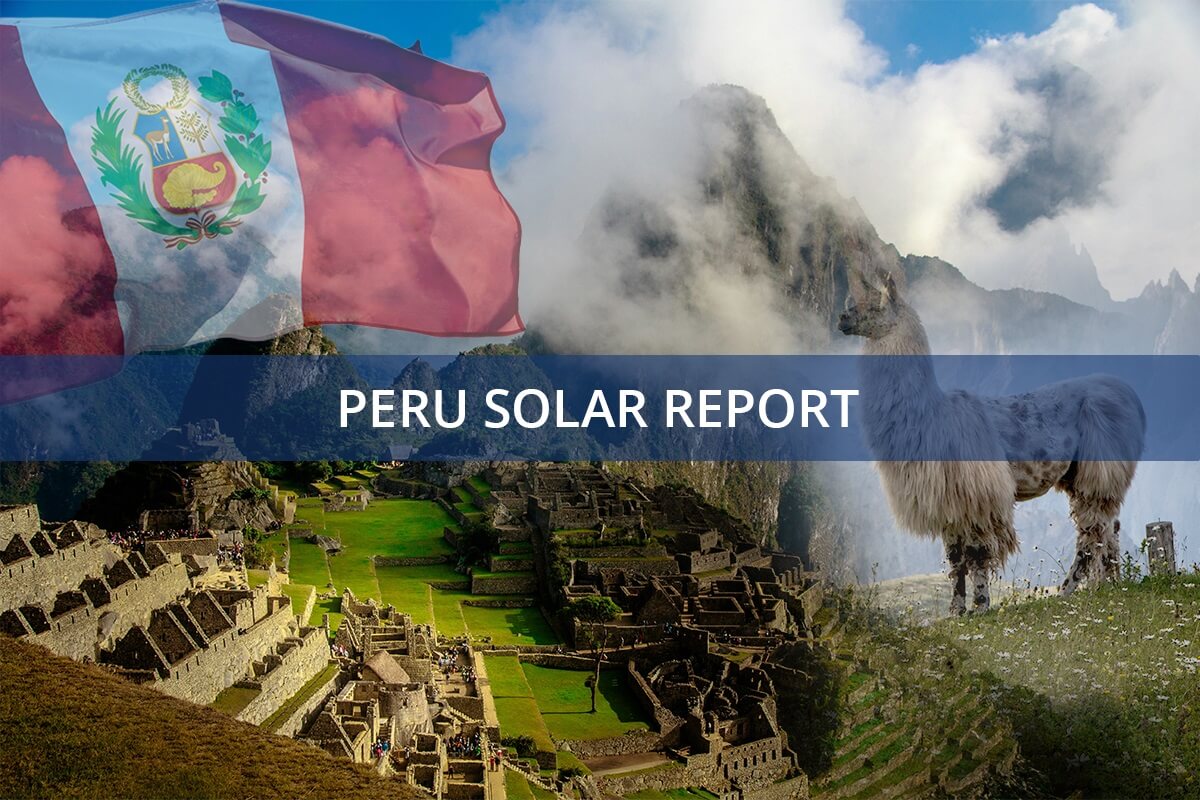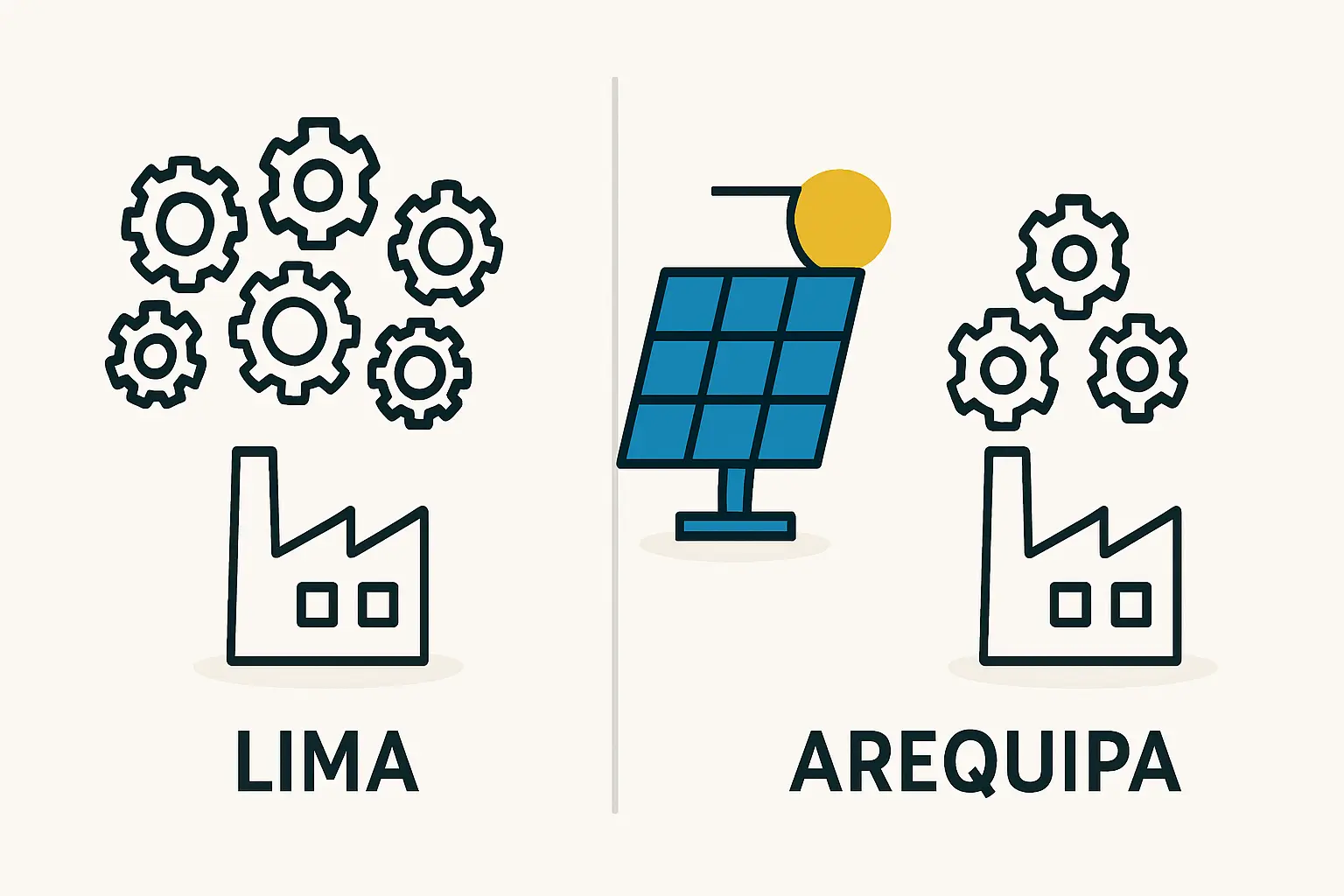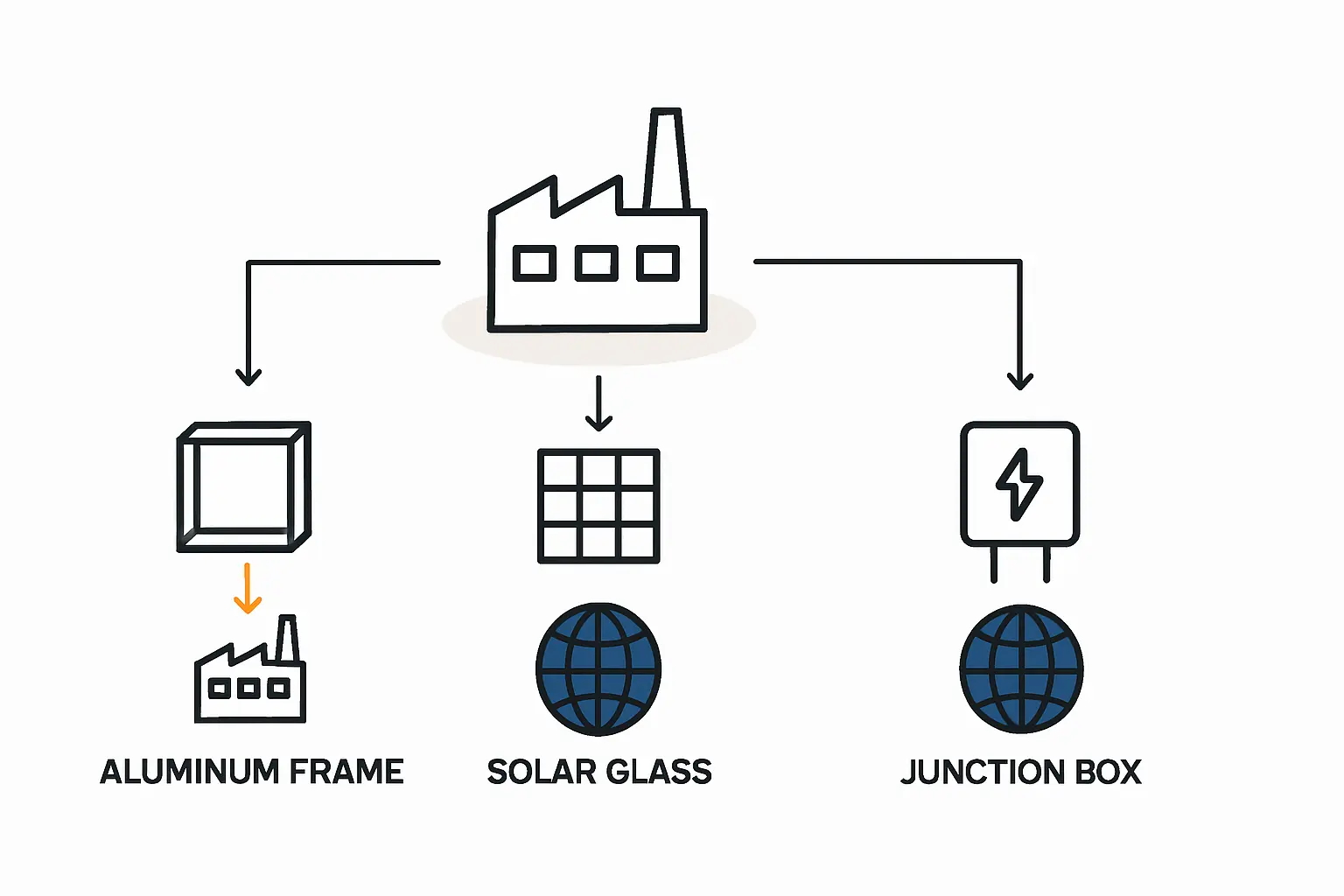Peru Poised for Solar Energy Boom with Potential Record-Low Prices in 2025
Peru’s electricity system operator, COES, has projected that the upcoming solar auction in 2025 could result in record-low prices for large-scale photovoltaic projects, potentially reaching as low as $0.025 per kWh. This development signals a promising shift towards renewable energy in Peru, with implications that resonate globally, including for countries like Germany, where the transition to sustainable energy is a key priority.
Expected Prices for Peru Photovoltaic Projects Auction
COES, Peru’s electricity system operator, has published its latest report, “Load Forecast 2025-2034,” indicating that photovoltaic projects up to 500 MW in size could be priced as low as $0.025 per kWh in the 2025 solar auction. The report states, “It is estimated that the price of the subsequent auction (2025) will be lower than the last one (2023), with a value of around $0.025/kWh.” These projections align with expert estimations that photovoltaic projects in Peru could reach levels under USD 30/MWh, depending on the capacity factor, as reported by FES Peru: Major energy firms unveiled over 6 GW in projects and ….
The 2023 auction had 18 awarded projects with a combined capacity of 1,644 MW, featuring prices ranging from $0.02714/kWh to $0.03470/kWh, with an average price of $0.0319/kWh. The anticipated lower prices in the upcoming auction highlight the increasing competitiveness of solar energy in the region.
Ready to make big Profits?
The solar Industry is Booming
WE HELP NEWCOMERS to the solar industry start their own solar module production line. Customers can make BIG PROFITS by selling modules and finding investors, without wasting money and time on things they don't need!
Growth in Solar Generation Capacity of Peru Photovoltaic Projects
Solar generation capacity in Peru is projected to increase from 1,030 MW in 2024 to 2,674 MW by 2026, according to COES. A government decree published in February mandates that future auctions for renewable energy generation and backup power be held every two years. The next auction is scheduled for 2025.
Peru’s Ministry of Energy and Mines (Minem) also announced the upcoming seventh auction for renewable energy projects, which will allocate 1,837 MW of capacity across solar, wind, and hydroelectric power. This commitment to expanding renewable energy sources reflects a broader global trend, as clean energy is projected to outpace demand through 2026, according to the IEA.
Upcoming Auction Details for Peru Photovoltaic Projects
The auction includes 1,000 MW for solar, 700 MW for wind, and 137 MW for hydroelectric power, with contracts lasting 20 years for solar and wind and 30 years for hydroelectric projects. These long-term contracts provide stability and encourage investment in renewable energy infrastructure.
The auction is divided into two parts: the first focuses on direct connection to the National Interconnected Electric System (SEIN) through the main transmission network, while the second targets regions with high renewable potential, such as Arequipa, Ayacucho, Cajamarca, Ica, La Libertad, and Piura. This strategic approach ensures that renewable energy projects are developed in areas where they can be most effective.
The price cap for the auction has been set at $0.045/kWh, with a total investment of approximately $1.5 billion. COES highlighted that the previous auction saw significant interest, with 49 bids totaling 4,415 MW, and 18 projects being awarded. The strong interest in previous auctions underscores the attractiveness of Peru’s renewable energy market.
The upcoming auctions and projections from COES suggest a promising future for solar energy in Peru, with record-low prices anticipated in 2025 and significant growth in generation capacity over the coming years. For homeowners and tenants in Germany, this news from Peru highlights the global momentum behind solar energy and its increasing affordability. As solar energy becomes more competitive worldwide, countries like Germany can benefit from technological advancements and economies of scale, making solar power an even more attractive option for powering homes and reducing carbon footprints.



